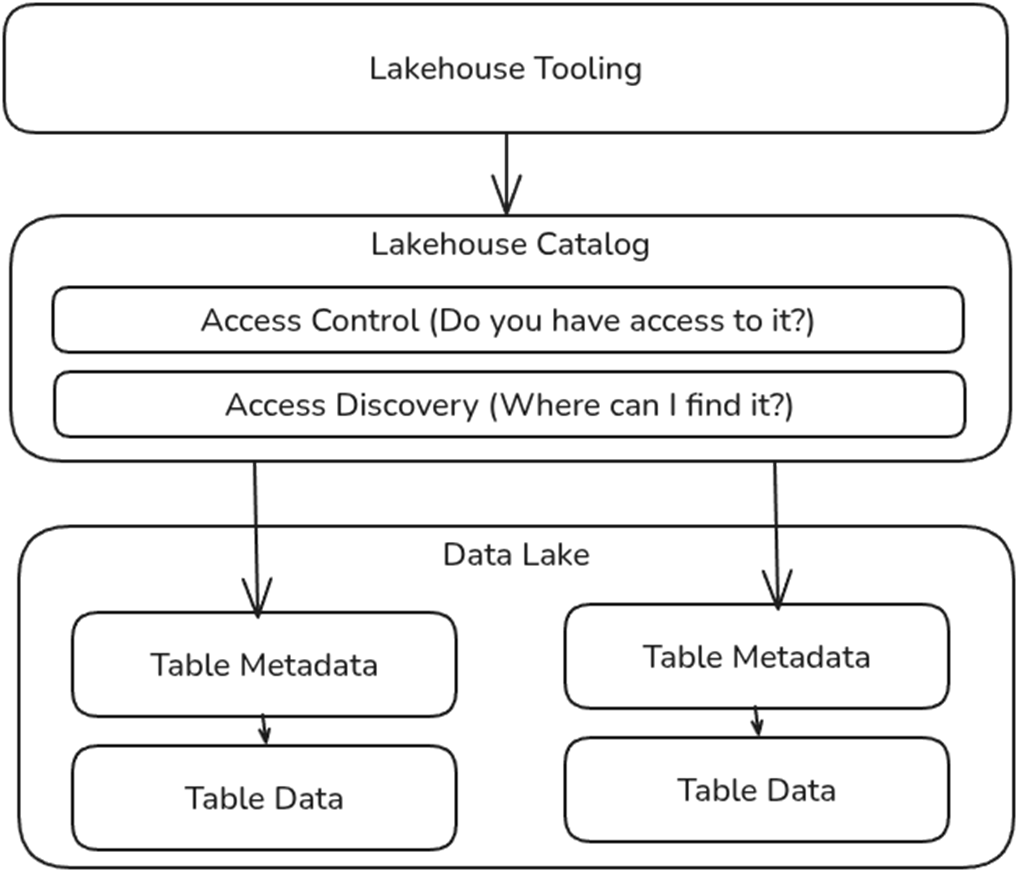6 Implementing the catalog layer
This chapter covers
- Defining catalog requirements from audit insights
- The role of the catalog layer in Apache Iceberg
- Evaluating Apache Iceberg catalog implementations
- Applying the REST Catalog specification for interoperability
- Selecting the right catalog for your organization
We’ve explored the foundational components of an Apache Iceberg lakehouse, including storage and ingestion. Now we turn our attention to the catalog layer, an essential part of any Iceberg deployment. While the storage layer manages physical data and the ingestion layer transforms and loads it, the catalog provides the metadata and coordination necessary for the entire system to function reliably and at scale.
The catalog layer is where Iceberg tables are registered, tracked, and organized. It tracks table metadata, manages namespaces, and serves as the point of coordination for data operations. Choosing the right catalog is not merely a technical decision; it is also a strategic one. It influences governance, interoperability, scalability, and integration with the broader ecosystem, as illustrated in figure 6.1.
Figure 6.1The catalog enables tools that access lakehouse tables to verify permissions and locate the corresponding data within the lake.
